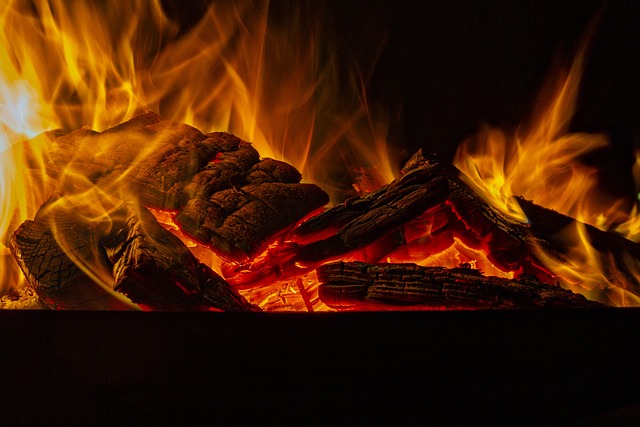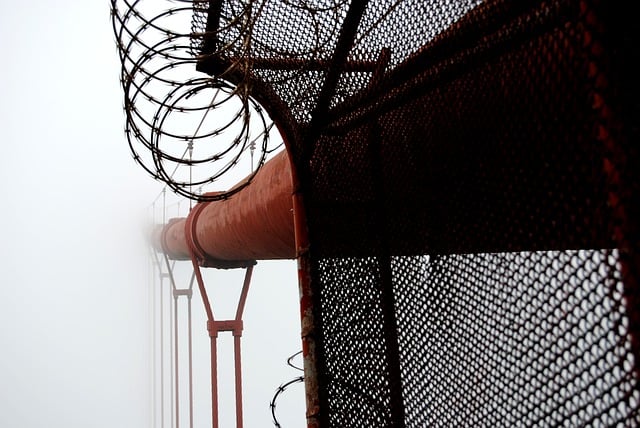Fire damage assessment in California involves real estate agents and appraisers inspecting properties for structural integrity, visual damage, and health hazards like asbestos or mold, influencing property value and repair decisions. Buyers must understand legal complexities, including state laws, building codes, zoning regulations, potential liabilities, and environmental hazards. Insurance coverage review is crucial, requiring patience and thorough documentation during the claims process. Selling a fire-damaged home involves inspection, marketing unique features while being transparent about damage, engaging specialized agents to navigate regulations and insurance requirements for a smoother process. Key SEO keywords: sell a fire damage house California.
Fire-damaged properties in California present unique challenges for buyers navigating the real estate market. This comprehensive guide explores essential aspects of purchasing such homes, from understanding fire damage assessment and legal considerations to managing insurance claims and repairs. We provide valuable tips for both buyers and sellers looking to buy or sell a fire-damage house in California, ensuring a transparent and successful transaction.
- Understanding Fire Damage Assessment in California Real Estate
- Legal Considerations for Buyers of Fire-Damaged Properties
- The Insurance Aspect: Navigating Claims and Repairs
- Tips for Buying and Selling Fire-Damaged Homes in California
Understanding Fire Damage Assessment in California Real Estate

Fire damage assessment plays a crucial role in the real estate market, especially for those looking to sell a fire-damaged house in California. The process involves a thorough inspection to determine the extent of the damage and the potential costs for repairs. This is essential for setting a fair asking price, ensuring buyers are well-informed about the property’s condition, and facilitating a smooth transaction.
In California, real estate agents and appraisers use standardized guidelines to assess fire damage. They examine structural integrity, evaluate the scope of charring and smoke damage, and consider the potential health hazards posed by asbestos or mold. These factors collectively impact the property’s value and inform decisions about repairs, replacement, or demotion. Understanding this process is vital for both buyers and sellers when navigating the sale of a fire-damaged home in California.
Legal Considerations for Buyers of Fire-Damaged Properties

When considering buying a fire-damaged property in California, there are several legal aspects to keep in mind. The first step for buyers is to thoroughly understand their rights and responsibilities under California’s laws regarding property damage and reconstruction. It’s crucial to review local building codes and zoning regulations, as these can impact the feasibility of rebuilding or renovating the structure.
Additionally, buyers should be aware of potential legal liabilities associated with purchasing a fire-damaged home. This includes assessing the role of insurance providers, understanding the process of obtaining permits for repairs or demolition, and being cognizant of any environmental hazards that may require special handling. The presence of asbestos, lead paint, or other hazardous materials can significantly affect the legal and financial aspects of owning and renovating such a property.
The Insurance Aspect: Navigating Claims and Repairs

When buying a fire-damaged property in California, understanding the insurance aspect is crucial. The first step for potential buyers is to review their home insurance policies to comprehend coverage for such incidents. Not all policies are created equal; some may only cover structural damage while others might include repairs for personal belongings and lost use of the property. It’s essential to check deductibles as well, as these can significantly impact out-of-pocket expenses during the repair process.
Navigating claims with insurance companies requires patience and thorough documentation. Buyers should take extensive photos and keep records of all communications and documents related to the claim. This includes initial assessments, estimates for repairs, and any denials or adjustments made by the insurer. A well-documented trail can ensure a smoother process and potentially lead to more favorable outcomes when selling a fire-damaged house in California.
Tips for Buying and Selling Fire-Damaged Homes in California

When considering selling a fire-damaged home in California, it’s crucial to approach the process with knowledge and care. The first step is conducting a thorough inspection to accurately assess the damage. This involves not just looking at visible signs but also understanding potential structural issues and health hazards like mold growth, which often accompanies fire damage. Engaging a professional inspector specialized in fire-damaged properties can provide valuable insights into necessary repairs and their costs.
Marketing and showcasing your property effectively are key to attracting buyers. Highlight the home’s unique features and potential while being transparent about past damage. Professional photography and detailed listings that emphasize improvements made since the fire can go a long way in presenting a positive narrative. Additionally, working with an experienced real estate agent who specializes in these transactions can provide guidance tailored to California’s regulations and insurance requirements for fire-damaged properties, ensuring a smoother selling experience.
When considering to sell a fire-damaged house in California, understanding the assessment process, legal implications, and insurance navigation is key. By familiarizing yourself with these aspects, you can make informed decisions, ensuring a smooth transition for both buyers and sellers. Remember, proper disclosure and transparent communication are vital to prevent future disputes. So, whether you’re a buyer or seller navigating the complexities of fire-damaged properties, staying informed will help you successfully navigate this unique real estate landscape in California.






